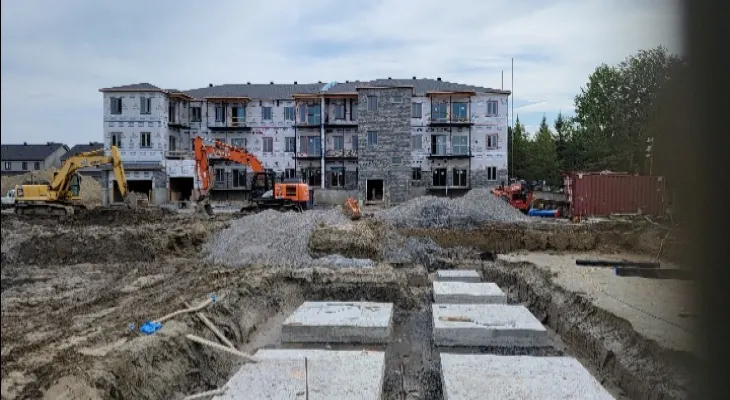Search here
Newspaper
Search here

Arab Canada News
News

Published: November 3, 2023
The combined effects of the housing crisis and inflation are clearly reflected in the detailed picture of Quebec areas revealed by the Quebec Institute of Statistics (ISQ) yesterday.
The Statistics Institute of the Quebec government addresses many topics in its nearly 300-page report, including housing and ownership, which shows a deterioration in the situation of families.
Alongside the sharp rise in house prices, the percentage of homeowners fell in 2021 for the first time since 1971.
The 2023 municipal property assessment rolls also show a 20.3% increase in property value rates across the province of Quebec compared to the previous year.
All regional municipalities (MRC) recorded an increase in property values, with the strongest increases in the southwestern regions of the province, specifically in the Montérégie, Laurentides, Lanaudière, and Outaouais areas.
For the second consecutive year, no regional municipality in Quebec recorded a decrease in house prices.
It is worth mentioning that the significant rise in house prices began in 2020 and 2021, so it is not surprising that the homeownership rate decreased according to statistical data, from 61.3% in 2016 to 59.9% in 2021. This is the first decline in this rate in 50 years.
The ownership rate also varies significantly from one area to another, with the highest rate found in the Gaspésie–Îles-de-la-Madeleine region (73%), followed directly by the Chaudière-Appalaches region (71.6%).
By contrast, the ownership rate is only 39.6% in the Montreal area, the largest urban area in Quebec.
In all other Quebec areas, the ownership rate exceeds the Quebec adjusted rate (59.9%), except for the Quebec City area, the province's second-largest urban area, where the ownership rate is 58.2%, slightly below the Quebec average.
The Nord-du-Québec area represents an exception outside urban areas, recording the lowest ownership rate in the province (35.6%). But this situation is largely because a wide segment of the Indigenous population, who constitute most of this area's residents, live in housing provided by the local government.
Housing remains costly, and very costly, for one in every six Quebec families (exactly 16%) who spend 30% or more of their total income on housing costs.
The highest percentage of these families living in unaffordable housing is found in the Montreal and Laval areas.
Laval is the third-largest Quebec city by population (approximately 443,000 residents), after Montreal and Quebec City, and is located directly north of Montreal Island. Like Montreal, it includes a very large number of immigrants, among whom there is a wide segment originating from the Arab world.
Also, one in every ten owner-occupied families in Quebec spends more than 30% on housing costs. This segment is likely to expand with the rise in mortgage interest rates.
Comments